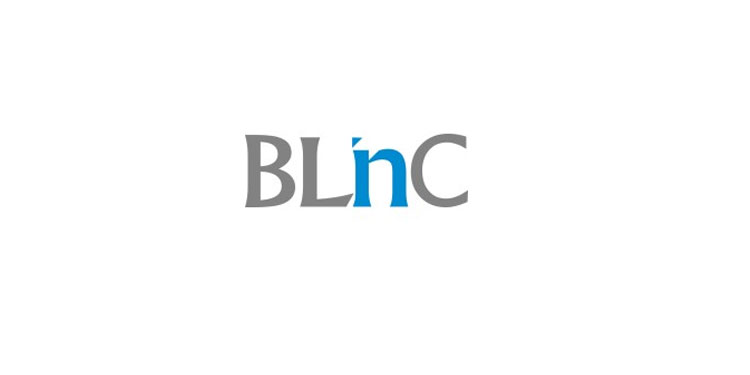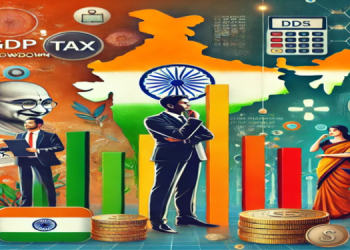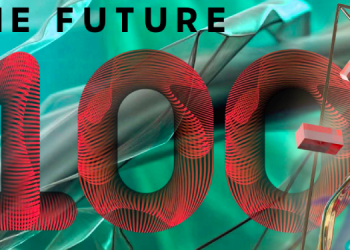In its latest report on India’s FinTech sector, BLinC Invest, highlighted the country emerging as the 3rd largest FinTech ecosystem globally. The report states that, as of end-Sept 2021, the Indian FinTech sector has received over $23.7 bn of funding, giving rise to 10 Unicorns like Razorpay, CRED, Pinelabs, Policybazar; 170 minicorns, and 52 soonicorns.
India’s FinTech market is estimated to be $31 bn in 2021, covering all subsegments like Digital Payments, Digital Lending, Insurance, Investment Tech, Neo Banking, and Banking Infrastructure. Between 2016 and 2021, total funding to the FinTech sector in India increased at a CAGR of 14.81%. The report also states that, during the same period, over 25% of all start-up funding in India was directed towards FinTechs.
The accelerated growth in this space has been driven by factors like high internet penetration (845M+ internet users); expectations of adding 140 million middle income & 21 million high-income households by 2030; and favourable government initiatives like Digital India, India Stack (Open API Platforms), Startup-India, Aadhaar, etc.
The report highlighted that the Digital Payments industry is heading towards maturity with an expected market size of $95trillion by 2025. Digital Lending is expected to grow faster into a $350 billion market by 2026. Huge growth opportunities await the Insurance, Investment-tech and Neo-banking space, with the markets expected to reach $250billion by 2025, $14 billion by 2025, and $15 billion by 2026, respectively.

Sharing his views on the insights report, Amit Ratanpal, Founder & MD, BLinC Invest, said, “There is a huge untapped opportunity in the Indian FinTech market due to lower penetration. Only 20% of Indian SMEs have credit access, whereas the insurance penetration is just 3.7%. With the digital payment and lending industries expected to be worth $95 trillion by 2025 and $350 billion by 2023, respectively, and the insurance industry expected to be worth $250 billion by 2025, Indian fintech space is expected to receive traction from the investor community with increased transactional value.”
The insights report further identifies that India witnessed a strong digital adoption in insurance as customers are inclined towards digital channels for completing their insurance purchases. There has been an increasing demand for bite-sized insurance catering to a specific need or context, leading to a significant shift, making insurance a low-ticket and a high volume product.
















